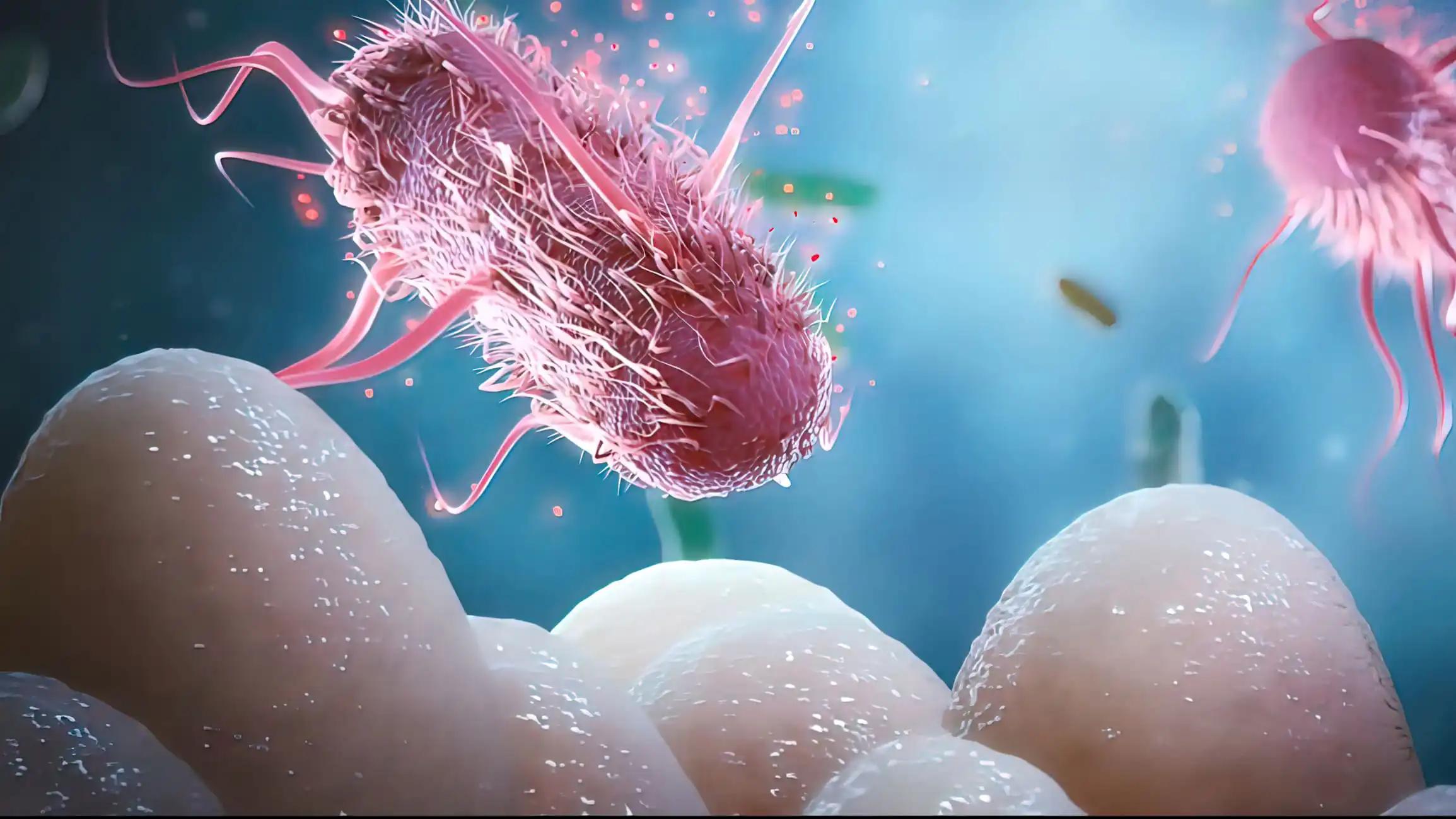KEY TAKEAWAYS
- The study aimed to investigate the efficacy of [89Zr]Zr-PSMA-617 PET/CT in characterizing indeterminate lesions and enhancing diagnostic precision for prostate cancer patients.
- The primary endpoint was to determine the lesions’ classifications.
- Researchers concluded that [89Zr]Zr-PSMA-617 PET/CT effectively distinguishes suspicious and non-suspicious lesions in men with biochemical recurrence.
The state-of-the-art method for imaging men with biochemical recurrence of prostate cancer (BCR) involves prostate-specific membrane antigen (PSMA)-targeted positron emission tomography/computed tomography (PET/CT) with tracers containing short-lived radionuclides, such as gallium-68 (68Ga; half-life: ∼67.7 min). Despite its efficacy, this imaging modality often produces indeterminate findings, presenting a challenge in accurate characterization.
Florian Rosar and his team aimed to assess the utility of PSMA-targeted tracers labeled with zirconium-89 (89Zr; half-life: ∼78.41 h), offering the advantage of prolonged scanning intervals, potentially aiding in the classification of suspicious lesions previously deemed indeterminate on conventional PSMA-targeted PET/CT.
Researchers performed an inclusive analysis to evaluate the efficacy of [89Zr]Zr-PSMA-617 PET/CT in characterizing 20 lesions previously deemed indeterminate on [68Ga]Ga-PSMA-11 PET/CT in 15 men with biochemical recurrence BCR (median prostate-specific antigen: 0.70 ng/mL). The primary endpoint focused on lesion classifications, with secondary endpoints encompassing [89Zr]Zr-PSMA-617 uptake (maximum standardized uptake value [SUVmax]) and lesion-to-background ratio (tumor-to-liver ratio of the SUVmax [TLR]). [89Zr]Zr-PSMA-617 scans were conducted at 1 h, 24 h, and 48 h post-injection of 123 ± 19 MBq of radiotracer, occurring 35 ± 35 days post-[68Ga]Ga-PSMA-11 PET/CT.
About 30% (6/20) of previously indeterminate lesions were classified as suspicious (positive) for prostate cancer, while 70% (14/20) were deemed non-suspicious (negative) following the administration of [89Zr]Zr-PSMA-617. Distinct patterns were observed in the uptake and lesional contrast of [89Zr]Zr-PSMA-617 in these two categories. In positive lesions, the maximum standardized uptake value (SUVmax) and TLR exhibited a notable increase from 1 to 48 hours, with SUVmax reaching a plateau at elevated levels and TLR experiencing a steep rise between 24 and 48 hours. Conversely, negative lesions displayed low and decreasing uptake when present, with minimal contrast observed from 1 to 48 hours. Notably, no adverse events or clinically relevant changes in vital signs related to [89Zr]Zr-PSMA-617 PET/CT were reported during or ~ 4 weeks after the procedure.
The study concluded that in men with BCR, [89Zr]Zr-PSMA-617 PET/CT effectively aids in characterizing lesions as suspicious or non-suspicious for prostate cancer, particularly in cases where indeterminate findings were previously encountered on [68Ga]Ga-PSMA-11 PET/CT.
The study received open-access funding from Projekt DEAL
Source: https://pubmed.ncbi.nlm.nih.gov/38389092/
Rosar F, Burgard C, Larsen E, et al. (2024). [89Zr]Zr-PSMA-617 PET/CT characterization of indeterminate [68Ga]Ga-PSMA-11 PET/CT findings in patients with biochemical recurrence of prostate cancer: lesion-based analysis. Cancer Imaging. 2024 Feb 22;24(1):27. doi: 10.1186/s40644-024-00671-1. PMID: 38389092; PMCID: PMC10885487.



